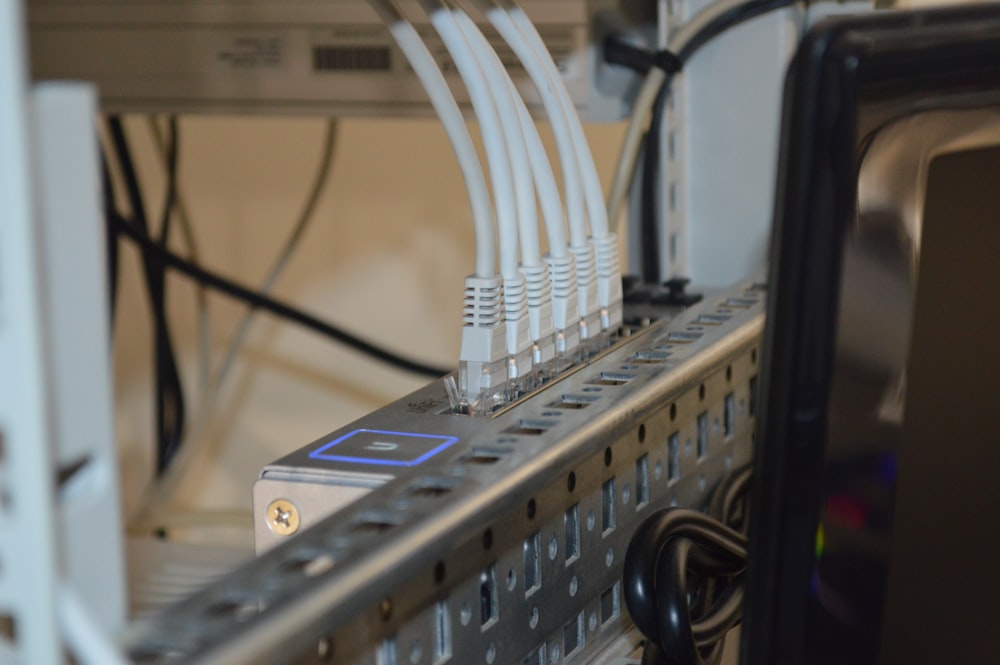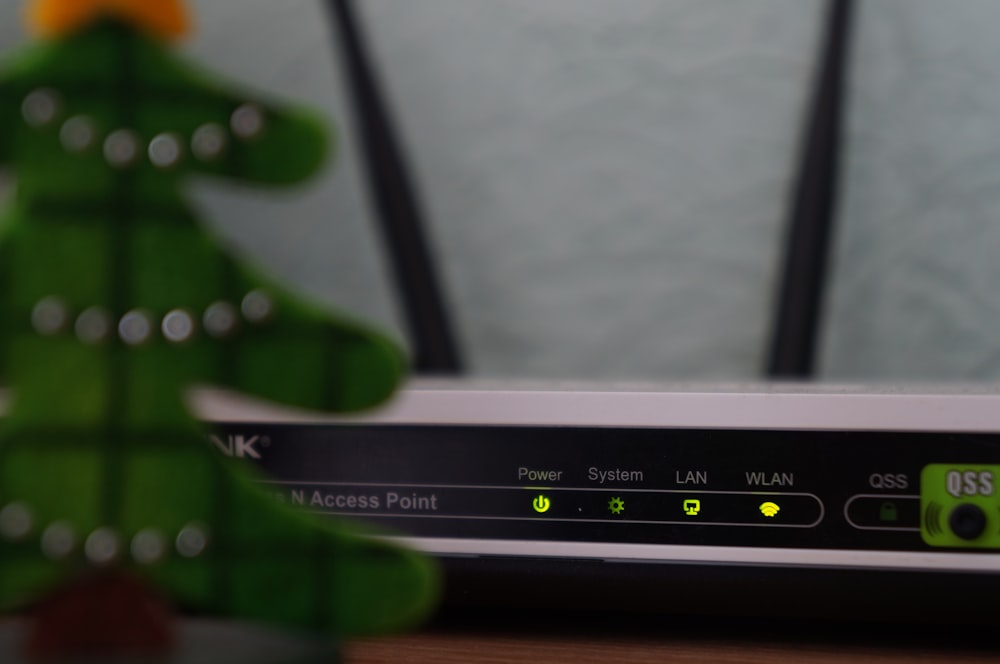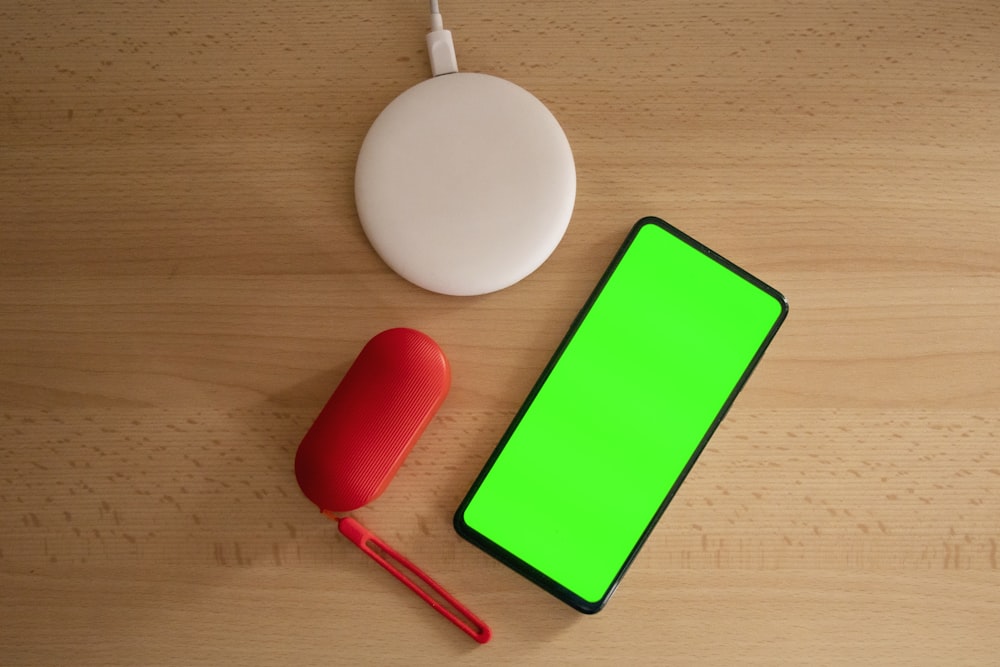In the 21st century, it is easy to see our cell phones’ massive power and the networks they access. However, the small changes that occur year to year are easy to miss, especially when our phones do essentially everything we ask of them. 4G LTE, or the fast internet experience you encounter when you use your phones on the go, has become a global standard with its rapid growth.
Over 60% of the mobile devices in the WORLD have access to 4G LTE as of December 2023. But what does this mean? 4G LTE is significantly faster than its predecessor, 3G, 15 times faster, to be exact. With these massive leaps in technology come minor, less noticeable changes, like the ones we are seeing today in the world of 4G LTE.
The History of 4G Networks
Photo by Thomas Jensen on Unsplash
4G was created by the US Defense Advanced Research Projects Agency or DARPA to combat significant weaknesses in 2G and 3G technology. They developed 4G using end-to-end IP (internet protocol), a technology chosen explicitly for security advantages. Their design allowed individual users to act as a router and a transceiver for other users in the same network.
On top of the massive technological upgrades, 4G LTE also allowed for specific node usage in data transfers and cellular calls, which increased the utility value of smartphones significantly. 4G uses IP technology for these calls, which revolutionized the type of security we see with our mobile devices today. Finally, 4G’s download speeds became 20 times faster than its predecessor’s, again changing the way we use our mobile devices.
Recent LTE Advancements
Photo by Misha Feshchak on Unsplash
4G LTE was initially launched around a decade ago and has grown to be a massive economy worldwide, with its equipment market valued at over 185 million dollars. Because of this monetary motivation, companies have developed significant advancements to appeal to consumers and manufacturers alike.
LTE-Advanced
So, since the creation of 4G LTE, additional features have been added, like LTE-Advanced for example. Also known as 4G+, LTE+, and LTE-A. This recent upgrade is three times faster than LTE, which is already absurdly fast compared to 3G and 2G. This faster speed includes LTE’s increased bandwidth from 3G, enabling faster access to apps, videos, and other forms of online content.
VoLTE
Voice over LTE, or VoLTE, has also been developed in recent years. VoLTE is an improved version of 4G LTE for both voice and video calls. From decreased battery usage to better coverage, VoLTE has vastly improved the voice and video call experience to a high-definition level.
Simple Advancements
On top of these complex advancements, there have also been simpler, more rudimentary advancements to LTE. Individual signal strength is a massive improvement, allowing users to connect at faster levels than ever before. Coverage is also vastly improved and now covers most areas in the populated United States and large chunks of the rest of the world.
Unlimited Hotspot Plans
Photo by Matteo Grobberio on Unsplash
One of the most underrated improvements with 4G LTE is the introduction of unlimited hotspot plans. A hotspot allows users to use their mobile phones as wifi hotspots, providing internet connection to other devices, like laptops, tablets, or even video game consoles. With 4G LTE, some mobile plans allow users unlimited access to mobile hotspots, guaranteeing them a wifi connection wherever they go.
This introduction has revolutionized remote working, where employees and students can now work away from their schools or offices. Nearly every premier cell service provider has a plan with unlimited hot-spot connectivity. Essentially, anyone requiring a constant internet connection for their work can now access the right cellular plan.
These advancements set the tone for the future of 4G LTE, and the introduction of 5G proves this. They are important milestones for the growth of connectivity, with their fast speeds, accessible communication, and improved reliability.
Both 4G LTE and 5G will continue to serve as the backbones of the digital landscape, powering remote workers, new apps, and services worldwide. Staying informed and using these improvements to your advantage, whether as an individual or a business owner, can help you stay productive, connected, and competitive in an increasingly online world.







